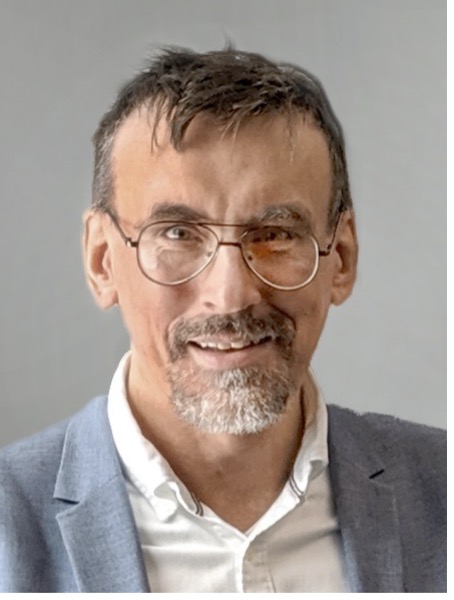
Rafal Dunin-Borkowski
Director
Ernst Ruska-Centre for Microscopy and Spectroscopy with Electrons, Forschungszentrum Jülich, Germany
Practical aspects of measuring electric fields of atom probe needles in combined TEM-APT instruments
Rafal Dunin-Borkowski is co-Director of the Ernst Ruska-Centre for Microscopy and Spectroscopy with Electrons in Forschungszentrum Jülich, Germany and Professor of Experimental Physics in RWTH Aachen University, Germany. His Ph.D. (1990-1994) was carried out in the Department of Materials Science and Metallurgy in the University of Cambridge. After working as a postdoctoral research scientist in the University of Cambridge, Arizona State University and Oxford University, between 2000 and 2006 he held a Royal Society University Research Fellowship in the University of Cambridge. Between 2007 and 2010, he led the establishment of the Center for Electron Nanoscopy in the Technical University of Denmark. He specializes in the characterization of magnetic and electronic materials at the highest spatial resolution using advanced transmission electron microscopy techniques, including aberration-corrected high-resolution transmission electron microscopy and off-axis electron holography. In 2009 he was awarded the Ernst Ruska Prize of the German Society for Electron Microscopy. In 2012, 2017 and 2019 he was awarded Advanced, Proof of Concept and Synergy Grants by the European Research Council. In 2023, he was awarded an Honorary Fellowship by the Royal Microscopical Society.
In this plenary lecture, Rafal Dunin-Borkowski will discuss practical aspects of the use of electron-optical phase contrast techniques to measure three-dimensional electric fields around electrically-biased needle-shaped samples in forthcoming instruments that combine transmission electron microscopy and atom probe tomography. Considerations include the electron optical setup, the choice of both the phase contrast technique and the tomographic reconstruction algorithm, the effect of the high-energy electron beam and defect states on the sample surface on the measured electrostatic potential inside and outside the sample, the identification and minimization of artefacts originating from the microscope design and sample geometry and the design of an optimized experimental workflow.
